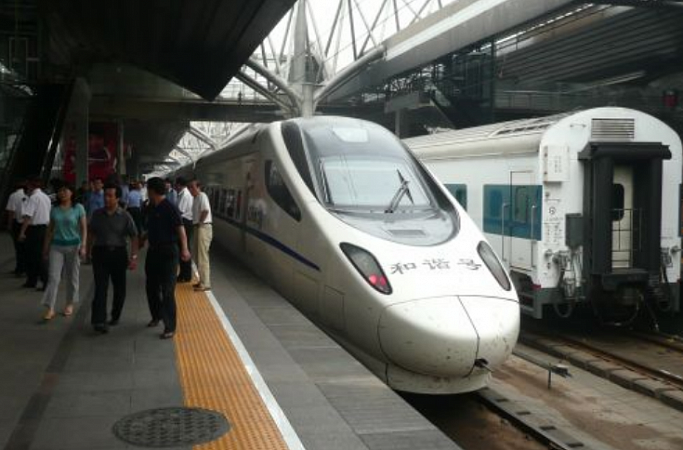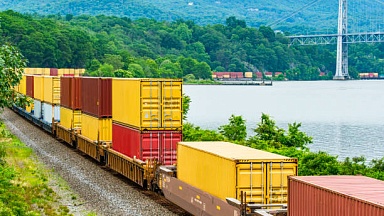NDRC plans to build the initial 6000km of new lines during the first three years by accelerating the construction of a batch of relatively mature inter-city and urban rail projects. By 2025, a network of regional inter-city and urban railways will be formed to connect urban agglomerations within 1-2 hours of each other and enable so-called one-hour commuting circles.
The Beijing-Tianjin-Hebei area has a population of around 120 million. The Yangtze River Delta area includes Shanghai, Hefei, Nanjing, Hangzhou and Ningbo with a population of more than 125 million. The southern Guangdong-Hong Kong-Macau Greater Bay area surrounds the Pearl River Delta and encompasses nine cities including Shenzhen, Dongguan, Guangzhou, Foshan, Zhongshan, and Zhaoqing and is home to 72 million people.
The NDRC says it will be necessary to set construction standards for the new inter-city railways, strengthen overall planning, design and construction of the urban lines, and improve the integration of railway and urban construction. It also wants to ensure good coordination between China National Railway Corporation and the localities.





